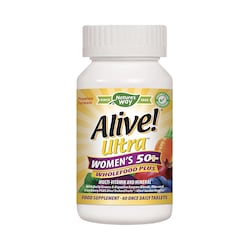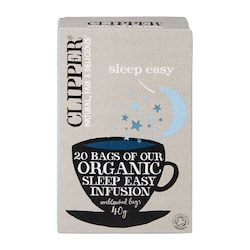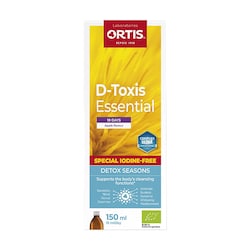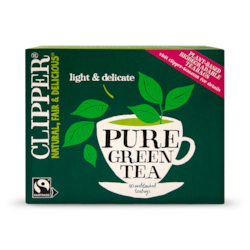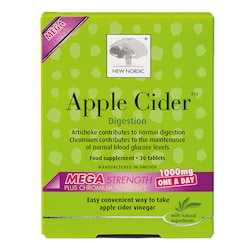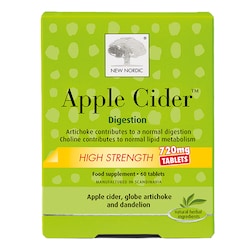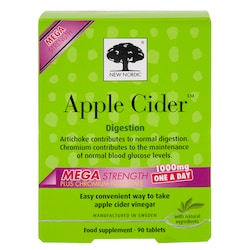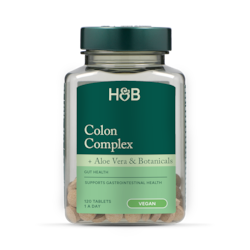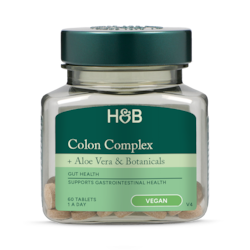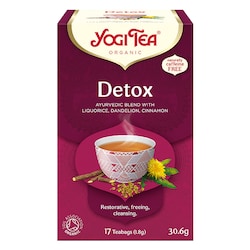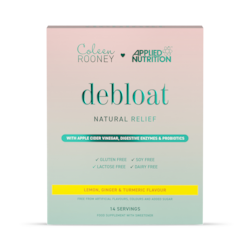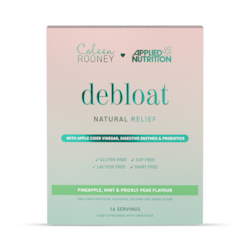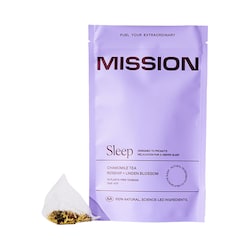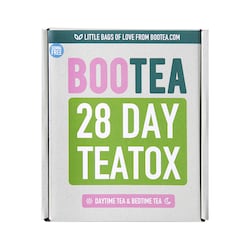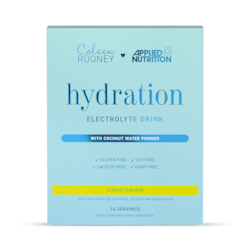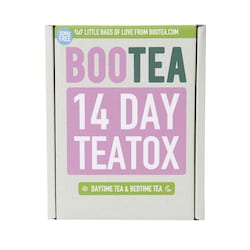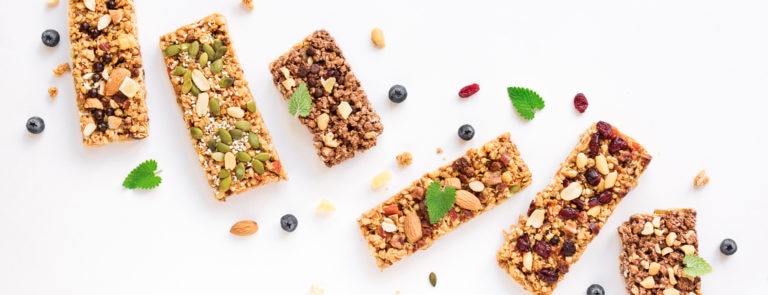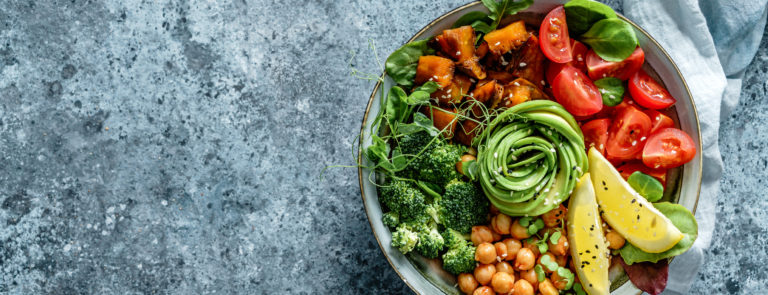20% off £30
Code:QUICK
Dandelion benefits: Why they’re good for health & ways to use them

Dandelion benefits, are there any? There sure are – pretty much the entire plant can be used in some way or form to bring widespread health benefits. Learn more.
Summary
1What are dandelions?
They’re a weedy perennial herb that’s part of the Taraxacum genus and a member of the Asteraceae family...
24 dandelion benefits for health
For many years, dandelions have been used in such an extensive range of so many different formats, ranging from dried powder to teas, infusions...
3Natural ways to use dandelions
Dandelion tea can be made from: 1) An infusion of the leaves or 2) roasted dandelion roots. If you quite like the idea of brewing your own home-made..
What do dandelions make you think of? Puffing away at the wispy balls of seeds when you were younger or a spot of gardening or weeding perhaps? Believe it or not, there are a fair few health benefits associated with these leggy and vibrant coloured plants, you know. We’re going to take a look at a number of them in this article, and also talk you through how you can incorporate more dandelion goodness into your life. But first, we thought it’d be useful (and interesting) to take a quick look at the origins of dandelions…
What are dandelions?
They’re a weedy perennial herb that’s part of the Taraxacum genus and a member of the Asteraceae family, which happens to be the same family that daisies are in.1 The ‘fruit’ of the dandelion is the bright yellow flower head that we all instinctively recognise staring back at us from the middle of our lawn. There are around 100 different types of dandelion, which may be found worldwide, but is native to Greece.2
The name comes from the French dent de lion, which references the irregular and jagged margins of the lance-shaped leaves. Dandelions have been used for many years in ancienttradition, mainly because itcontains potassium, calcium, lecithin, iron, magnesium, niacin, phosphorus, proteins, silicon, boron and zinc. It also contains several B Vitamins and Vitamins, C, E and P. Meanwhile, dandelion leaves contain carotenoids, terpenoids, choline, potassium salts, iron, as well as other minerals. And the roots contain bitter glycosides, tannins, triterpenes, sterols, volatile oil, choline, asparagin, and inulin.3
4 dandelion benefits for health
For many years, dandelions have been used in such an extensive range of so many different formats, ranging from dried powder to teas, infusions and tinctures.4 More on some of these dandelion benefits below:
- They contain vitamins, minerals and fibre: Every single part of dandelions happen to offer something to us, from the root to the leaves and the flower. The green parts, the leaves and the stemcontain Vitamins A, C, E and K, as well as folate and small quantities of B vitamins. But that’s not all on the minerals front, dandelions happen to also contain iron, calcium, magnesium and potassium. The root contains soluble fibre.5
- They may support urinary tract function: Dandelion roots can help to maintain the normal function of the urinary tract.
- They may support your digestion: The inulin that’s naturally present in dandelions could possibly contribute to gastrointestinal wellbeing. This is due to the fact they prebiotic properties, support probiotics in the gut and maintain overall gut health.6 They contain antioxidants
- Last, but not least, dandelions also contain something called beta-carotene, which is an antioxidant that’s capable of helping prevent oxidative stress. But that’s not all, dandelion heads also happen to be packed full of polyphenols, another type of antioxidant.7
Natural ways to use dandelions
Dandelion tea can be made from: 1) An infusion of the leaves or 2) roasted dandelion roots. If you quite like the idea of brewing your own home-made dandelion tea, then all you need to do is:
- Grab some dandelion flowers and leaves from your garden
- Wash them all and then leave them to steep in hot water for 15 to 20 minutes
- Take the roots and wash them really thoroughly
- Then chop the clean roots into small pieces and cook them in the oven on a high heat for two hours
- Take your roasted roots out of the oven and then put 1 to 2 teaspoons of them in hot water for around 10 minutes8
- Grab a large bunch of dandelions from your garden or wherever
- Chop up 1 inch of ginger, 1 whole unpeeled lemon, ½ a large pineapple and 1 Granny Smith apple
- Take all of the ingredients and blitz them up in your juicer for a drink that contains 165 calories in each glass
- (Note: the dandelion root tastes really bitter on its own, but the pineapple and lemon help balance the bitter flavour out)9
- Grab ½ cup of shelled pine nuts, 3 minced garlic cloves, 2 cups of cleaned and chopped dandelion leaves, 1 tablespoon of lemon juice, 1 tablespoon of lemon zest, ½ cup of olive oil, ½ teaspoon of sea salt, 1 teaspoon of turmeric powder, ½ teaspoon of black pepper and ¼ cup of freshly grated parmesan cheese
- Put all of the ingredients into a blender or a food processor. Blend the mixture until it’s smooth
- Sprinkle over the Parmesan and then keep blending
- Keep your pesto in the fridge and make sure you eat it within three days10
- Grab as many dandelion flower heads as you can and place them in a 4.5 litre-sized jar
- Fill the jar with room temperature water and the juice of four lemons
- Add some fresh honey to the mixture and then pop it in the fridge to chill
- You can leave the flowers in or take them out when it comes to you serving the lemonade11
- Get 1Ib of dandelion greens, 1 cup of cold water, 4 cups of chicken stock, 1 teaspoon of chopped basil, 1 cup of cream, 1 egg yolk and a handful of croutons
- Wash the dandelion greens in warm water
- Combine them with the cold water and let them simmer, while covered, for ten minutes
- Drain and then squeeze the water from them
- Add the stock and basil and simmer for ten minutes
- In a separate bowl, combine the cream and egg yolk
- Spoon ½ cup of the hot stock into the cream mixture, blend with a whisk, and then put the mixture into the pan to heat
- Garnish with croutons12
Feel in-the-know about the many benefits of dandelions (every part of them) now? We bet you’ll look at them in a whole new light now that they’ve you read this article.
1 https://www.britannica.com/plant/dandelion
5 https://www.healthline.com/nutrition/dandelion-benefits#TOC_TITLE_HDR_2
8 https://www.healthline.com/health/ways-dandelion-tea-could-be-good-for-your#how-to-make


